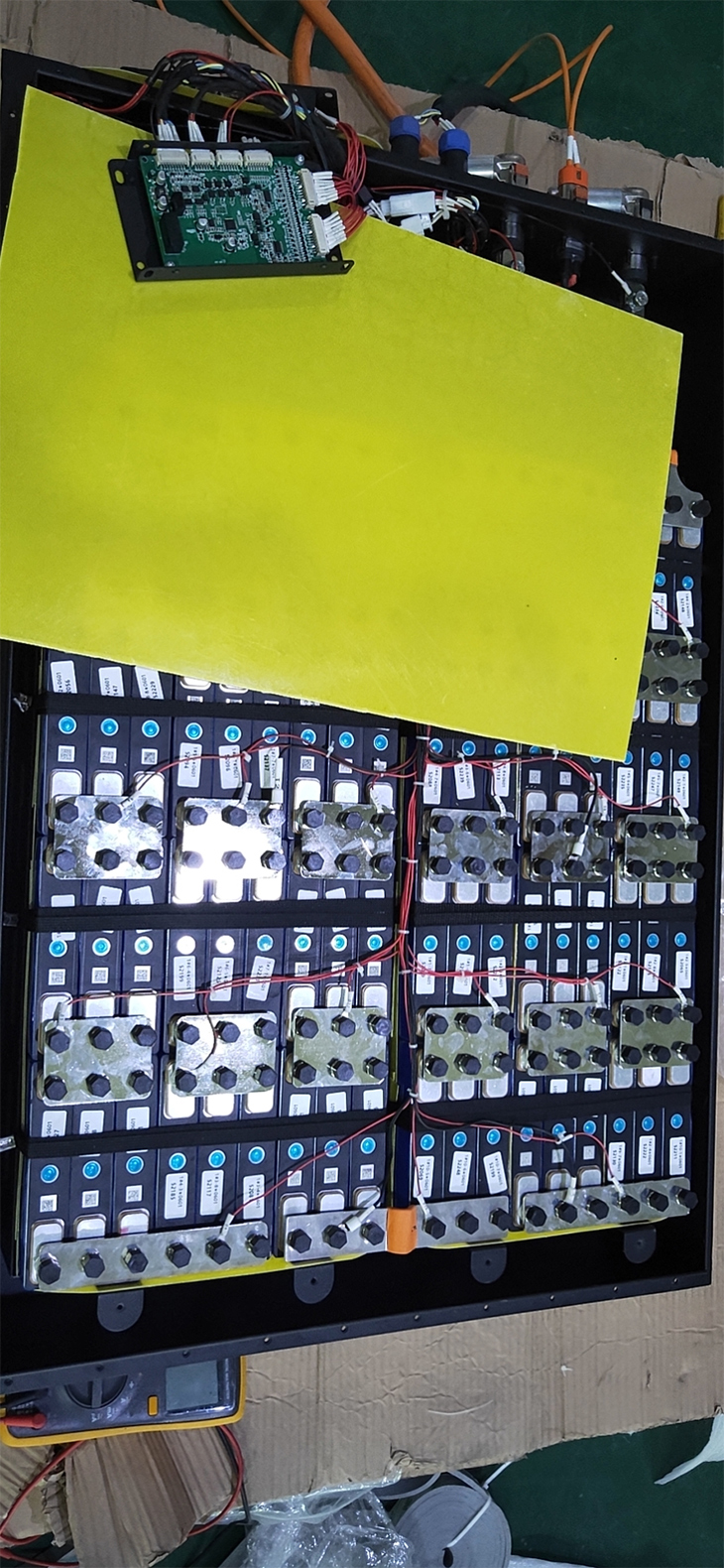- 16
- Nov
(без назви)
Explanation of several key processes in lithium battery production
Крок 1: Інгредієнти
1. Lithium battery manufacturer production solutions
A) The mixing ratio and weight of PVDF (or CMC) and solvent NMP (or deionized water);
B) Mixing time, mixing frequency, solution quantity (and solution surface temperature);
C) Check the solution after production: viscosity (check), solubility (visual inspection) and storage time;
D) Negative electrode: SBR+CMC solution, mixing time and frequency.

2. Active substance
A) When weighing compatibility, monitor whether the compatibility ratio and compatibility are correct;
B) Ball milling: the time for ball milling the positive electrode and the negative electrode; the ratio of the agate ball and the mixture in the ball mill barrel;
C) Baking: Set the baking temperature and time, and cool down to check the temperature after baking.
D) Mixing of active substance and solution: mixing method, mixing time, mixing frequency.
“Sieving: 100 mesh (or 150 mesh) molecular sieve.
F) Inspection and inspection:
The following tests are carried out on the stirring paddle: solid content, viscosity, stirring fineness, vibration density, and stirring paddle density.
Step 2: Coating
1. Check the collected liquid for the first time
A) Import standard (length, width, thickness);
B) Acceptance of standard (practical) components for fluid collection;
C) The hydrophilicity (hydrophobicity) and appearance (no scratches, scratches and damages) of the collected liquid.
2. Calculation of beneficiation amount (standard value, upper and lower limit)
A) The amount of trimming on one side (the thickness of one side is determined by the thickness of the pole piece close to this standard);
B) Double-sided trimming amount (the double-sided thickness is determined by the thickness of the sheet closest to this standard).
3. Admit mud
Is it too thick (too thin) to flow well, whether there are particles, too much foam, and whether it is dry.
4. Board operation
A) Self-supplied specific gravity (slice thickness);
B) Appearance: Whether there are stripes, broken belts, whether the material (the reverse side of the roller or the pole piece) is too thick, whether it is dry, whether it is burnt, whether there are exposed copper or foreign particles;
5. Workpiece
The standard air intake has no burrs and is visually inspected.
Step 3: Making (Part 1)
1. Планшетний ПК
A) The model to be disclosed and the standard thickness of the front and back panels of the model;
B) The thickness and appearance of the highest horizontal plate after pressing (No. 1 or No. 1, No. 2).
C) Board strength inspection;
Piece 2.
A) Blade standard, large pole standard (length, width) and appearance mark;
B) slice width;
Whether the patch has burrs, wrinkles, slanting or blanking (front side).
3. Separate dimension
A) No classification error in weighing;
B) Visual inspection: standard out of tolerance (plate mark, material drop, crease, breakage, floating material, no scratches, etc.).
4. Смажене
A) Oven temperature and time setting;
B) Time and distance from N2 to vacuum (visible surface).
1. The length, width and thickness of aluminum and nickel strips;
2. Spot welding robustness of aluminum strip and nickel strip
3. Self-adhesive paper must be pasted according to the tolerance length required by the process;
4. The surface of the pole should be free of dust.
Step 5: Block the ball
1. Cutting the connecting plate: measure the standard, check whether there are burrs or indentations;
2. Clean the joint: check whether the joint is clean;
3. Annealing of the connecting plate: check the useless graphite powder cover, the temperature of the oven, and when to extinguish;
